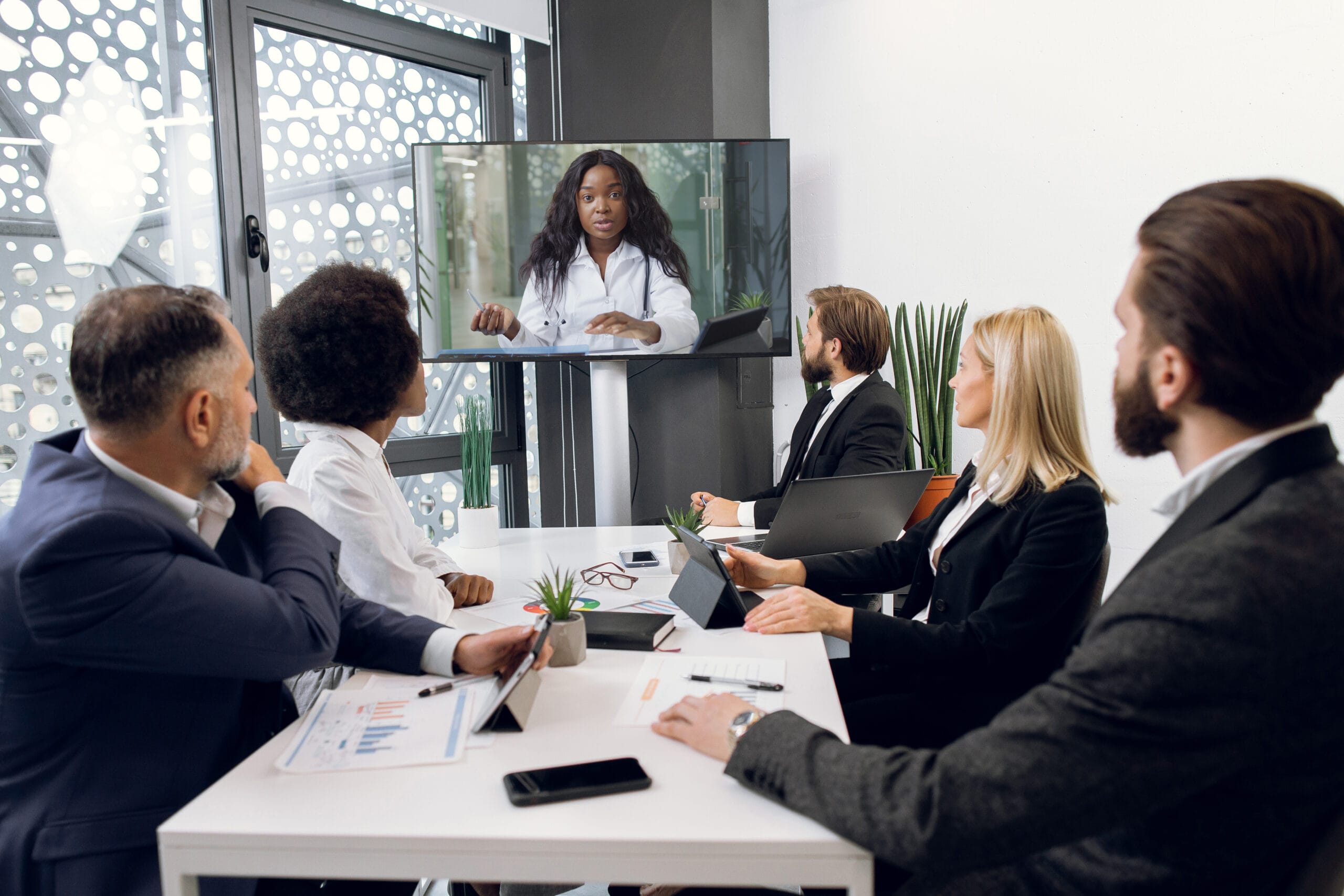Just How Test Presentations Enhance Your Debate and Encourage Jurors
Test discussions function as an essential system for improving legal arguments and persuading jurors. By incorporating aesthetic help, narrative frameworks, and emotional engagement, attorneys can develop an engaging situation that resonates on multiple levels. The critical use visuals not just clears up complex details yet likewise catches jurors' attention more properly than words alone. The art of storytelling plays a just as important role in changing accurate evidence right into a compelling story, forming jurors' perceptions. Recognizing these aspects can considerably influence trial results, increasing the question of just how each component adds to this detailed dynamic.

Significance of Visual Help
Visual aids play a critical function in improving the effectiveness of test presentations, as they can dramatically boost audience involvement and retention of info. In the context of a trial, where jurors are charged with processing facility information, aesthetic aids offer to simplify and make clear bottom lines. Graphes, graphs, and pictures can convey information and concepts that might otherwise overwhelm or perplex jurors, permitting a much more simple understanding of the proof provided.
Moreover, visual aids aid in preserving juror focus throughout the proceedings. By damaging the monotony of verbal testament, these tools can stress critical disagreements, making them extra unforgettable. Reliable visual aids can additionally stimulate emotional actions, which can be pivotal in convincing jurors to straighten with the presenter's narrative.

Crafting Engaging Narratives
A compelling story is important in test discussions, as it acts as the backbone of reliable persuasion. It allows attorneys to weave with each other facts, evidence, and psychological components into a meaningful tale that reverberates with jurors. This narrative structure allows jurors to comprehend the intricacies of the case while directing them with the lawyer's argument.
To craft an engaging story, lawyers must concentrate on clearness and comprehensibility. Furthermore, the usage of brilliant descriptions can produce mental images that help jurors visualize the events, making the story extra remarkable.
In addition, incorporating crucial styles throughout the presentation reinforces the the original source core message and aids in retention - trial presentations. The story needs to not just communicate info but also stimulate a sense of justice, highlighting the stakes involved. Inevitably, a sound narrative cultivates a connection between the jurors and the situation, positioning the attorney's disagreement as both legitimate and compelling, thus raising the probability of a positive judgment

Involving the Court Emotionally
Reliable jury interaction pivots on the attorney's capability to link with jurors on a psychological degree. This connection can substantially influence jurors' perceptions and their utmost decision-making.
Aesthetic aids, such as photos or video clips, can further improve psychological involvement, providing jurors from this source with brilliant depictions of the instance's human elements. Crafting a narrative that highlights the battles and triumphs of the individuals included makes certain that jurors see past the legal disagreements and acknowledge the human effects of their choices.
Moreover, tone and body language play a critical role in conveying emotion. An attorney's passionate shipment can reverberate with jurors, enhancing their psychological financial investment in the instance. It's important to balance sob stories with accurate evidence, guaranteeing that jurors feel forced to act while staying based in the reality. Eventually, a mentally engaged jury is more probable to be persuaded, making emotional connection a vital component of reliable test discussions.
Structuring Your Presentation

The body of you can check here the presentation need to be practically segmented right into bottom lines, each sustained by compelling evidence. It is valuable to utilize storytelling strategies to weave facts right into a narrative that jurors can conveniently comply with. Visual help, such as charts and video clips, can enhance understanding and interaction, aiding to highlight vital pieces of proof.
Real-World Case Research Studies
Examining real-world situation research studies supplies important insights into the art of trial presentations and persuasion. The protection team successfully used a strategy that combined prominent professional testaments with multimedia discussions, which captivated jurors and ultimately influenced their decision.
One more significant instance is the "McDonald's Coffee Instance," where the complainant's lawyers utilized graphic images of the injuries sustained by Stella Liebeck. trial presentations. This stark visual evidence played a vital duty in sharing the extent of her burns, bring about a substantial court honor. Such instances show that impactful test discussions commonly depend upon the efficient combination of visuals and storytelling to evoke emotional responses from jurors
Furthermore, the "Casey Anthony Trial" highlighted the significance of narrative comprehensibility and credibility. The prosecution's failing to develop an engaging timeline reduced their convincing power, underscoring the necessity of a well-structured discussion. Assessing these situations exposes that successful test discussions need tactical preparation, psychological interaction, and the ability to reverberate with jurors' worths and beliefs.
Conclusion
Trial presentations significantly improve arguments and convince jurors via the tactical usage of visual help, engaging narratives, and psychological engagement. A well-structured presentation equilibriums emotional charms with valid evidence, eventually reverberating with jurors' values.